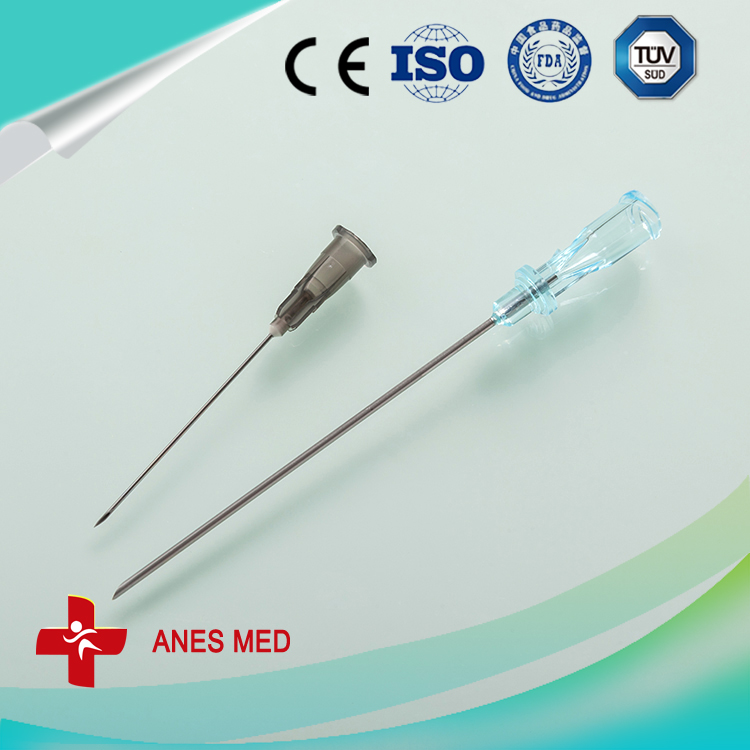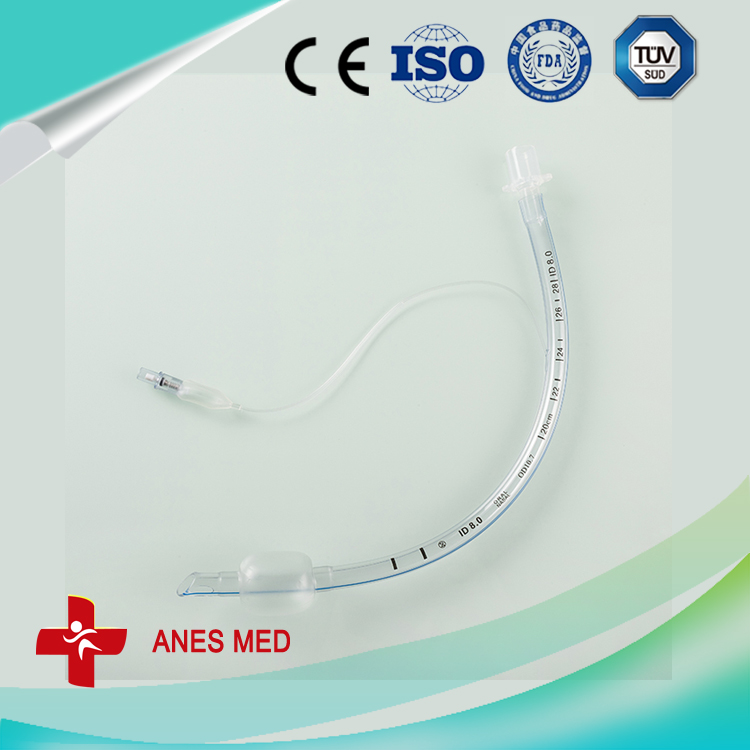Comprehensive Prevention Technology of Pests in Peanut Cultivation
Peanut pests have a wide variety of pests and occur widely. In order to control pest pests economically and effectively, comprehensive prevention and control must be implemented. The basic strategy for the comprehensive prevention and control of peanut pests is based on agricultural control, making full use of natural enemies to control pests, and adopting appropriate agronomic, biological, physical, and chemical prevention and treatment measures as soon as possible, due to the conditions of the place, location, and type of pests. To create environmental conditions conducive to the growth and development of peanuts and the breeding of natural enemies that are not conducive to the occurrence of pests, and to minimize the damage caused by pest damage.
1. Prevention and control of seeding period Peanuts are often jeopardized by soil pests after sowing, resulting in failure of normal emergence of seed or emergence of seedlings after exhumation. The main pests are larvae (Cockroaches) and golden needles such as the big black sea turtle, black sea turtle, and golden green sea turtle. Ground pests such as worms, ground tigers, and earthworms can be used together with peanut seeders to use seed coats or toxic soils made of insecticides such as chlorpyrifos, phoxim, and mireil to effectively control the pests mentioned above. It also has a good effect on the occurrence of aphids, thrips, and other on-ground pests in the seedling stage, but has little effect on natural enemies.
Second, growth control
(1) Prevention and control of pests from sucking mouthparts After emergence from peanuts to flowering, pests such as aphids and leafhoppers are the focus of prevention and control of peanut seedlings. The following specific measures can be taken:
1. Protect and use natural enemies. There are many natural enemies of peanut aphids. There are important ladybugs, grasshoppers, food flies, etc., the amount of peanuts in the field is about 4 heads, scoop: when the weight is 1:100 to 120, the aphid damage can be effectively controlled. Reasonable distribution of crops, the implementation of wheat fields and peanut field planting can increase the number of ladybugs, help reduce the harm of aphids. In addition, the planting of honey plants such as cowpeas around the peanut field is beneficial to the conservation and utilization of the natural enemies Hippopotamus bees.
2. Chemical control. Before peanuts bloom, when each pier reaches 10, or when the rate of pods in the peanut field reaches 5% to 10%, spraying should be promptly controlled. Efficient, low-toxic, long-lasting pesticides can be used, such as imidacloprid, acetamiprid, etc. to control aphids; avermectin, peony, etc. can be used to control leafhoppers, and bifenthrin can also be sprayed. The pyrethroid pesticides, such as fenvalerate EC, were used to refer to the instructions.
(B) the control of underground pests The harmfulness of underground pests, peanuts should pay attention to the overall prevention of underground pests during the whole growth period.
1. Chemical pesticide control. According to the occurrence of harmful peanut pods and living habits, in mid-June, when the soil is wet before rain or after rain, chlorpyrifos, Milur, etc. shall be used to formulate toxic soil according to the instructions, and concentrate and evenly apply to the main root of peanuts. At the same time, it can completely prevent and control the beetles that threaten this spawning and the beaks that are harmful to fruit pods, and at the same time, it can also treat a variety of underground pests such as golden threadworms and nets.
2. Other methods of prevention.
1 Use fresh branches to trap adult insects. During adult emergence, three to five branches of fresh eucalyptus, poplar, and willow, each 60 cm long, are bundled and immersed in 75% phoxim 50 times solution or 45% simperin 50 times. In the liquid for 5 to 6 hours, insert it in the field in the evening, and insert 10 to 15 traps per mu to kill the adults.
2 Use plants to kill adults. The use of adults to eat ramie leaves (preferred to eat plants) caused by its paralysis, poisoning and other characteristics, can be planted in the peanut field pupa adult trap. 20-30 ramie per mu. If the summer peanuts can be planted with castor, it is more appropriate to grow 2 to 3 leaves from the initial stage of emergence to the peak stage of the emergence of the castor, so the control effect is better.
3 manual capture. Every day evening, flashlights are used to artificially capture adults on trees such as poplar, eucalyptus, willow, and hedgehog near the peanut field. Adults to be caught will be fed poultry or treated centrally. Combine peanut harvesting, picking oysters or gold tortoise shells to reduce the population density and reduce damage in the following year.
(c) Prevention of leaf-feeding pests Leaf-feeding pests are mainly noctuid pests such as Helicoverpa armigera, Spodoptera litura, Spodoptera litura and Spodoptera litura. In the prevention and control, chemical fertilizers such as insect growth regulators should be reasonably applied.
The second generation and third generation of cotton bollworm harmed peanuts, and the third generation was the most serious. When Baidun Peanut has 30 young larvae or 30 eggs, it can be sprayed with beta-cypermethrin and other pyrethroid insecticides or diflubenzuron, tert-butyl, Bt and other biological or biological pesticides for prevention and treatment, and can simultaneously treat other pests.
III. Chemical control methods for major pests
(1) Ascaris Aphids are the main pests that harm the leaves of peanuts, resulting in leaf blade contraction and deformation and poor growth. At the same time, locusts can also spread a variety of viral diseases, so the prevention and control of peanut aphid must be based on the "early" character, when the control indicators, use 10% imidacloprid WP 5000 times, 3% acetamiprid EC 2000 times , 25% Aktai water dispersible granules 5000 to 10,000 times liquid, 50% anti-influx 1500 times liquid, 2.5% kung fu 3000 to 4000 times liquid, 40% dimethoate emulsion 800 times spray to prevent and cure.
(b) The red spider spider has a hazard period of 6 to 8 months. When the pest rate reaches more than 20%, it is necessary to spray and prevent spraying in time, and 1.8% of avermectin EC can be used as 3000 times solution, 15% of DFV can be used as 1000 to 1500 times solution, and 15% can be used to remove net EC 2500. ~ 3000 times liquid, 20% chlorpromazine EC 2000 times spray control. When spraying, it must be evenly sprayed on the back of the leaf, and the host plants such as weeds on the field must also be sprayed to prevent its spread.
(c) The hazard period of cotton bollworm Helicoverpa armigera is from June to August, and it is heavier in drought years. Peanut fields are dominated by second- and third-generation hazards. The second generation took place from the end of June to the beginning of the next period, and the third generation took place in the middle of July. When the second and third generations of cotton bollworms had a total of 20 eggs or 3 larvae, 4.5% of beta-cypermethrin EC was used. 2000 times liquid, 2.5% kung fu 2000-3000 times solution, 25% chlorpyrifos emulsifiable concentrate 1500-2000 times solution 5% stuck gem emulsifiable concentrate, 10% desulfurization agent 1500-2000 times solution, 5% thioglycone emulsifiable concentrate 2500-3000 times the amount of spores containing more than 10 billion per gram of Bt preparation diluted 500 to 800 times liquid spray control, each generation of cotton bollworm should be controlled 2 to 3 times. The above agents can also be used to treat Spodoptera litura, Spodoptera litura and other noctuid larvae.
(IV) Underground pests Underground pests mainly include cockroaches, cockroaches, wireworms, and ground tigers. Underground pests are major pests that affect peanut germination, fruit setting, scab, yield, and quality, and can be harmful during the entire period of growth and development. Prevention and control of groundnut pests must master the period of prevention and treatment, so as to combine prevention and control at the seeding stage with prevention and control at the growth stage, prevention and control at the adult stage and prevention and control at the larval stage. The main control object of underground pests is earthworms, which can be controlled by the following methods:
1. Liquid irrigation method. 50% phoxim, 50% chlorpyrifos emulsifiable concentrate or 90% trichlorfon 1000 times solution root, 40% of roxembe emulsifiable concentrate 250 ~ 300 ml, irrigated root of water 300 ~ 500 kg, and can also treat other underground pests.
2. Toxic soil method. Each mu can be used for 40% of 250-300 ml of rosin emulsifiable concentrate, 250-400 ml of 40% phoxim EC and 20-30 kg of soil mix, or 10 to 2 kg of chlorpyrifos granules per acre. It is evenly distributed around the peanut pebbles, and it is better when the cultivator irrigates once.
3. Spray control of adults. At the age of adulthood, 40% of the phoxim EC from the tree around the peanut field was used, and 1000 to 2000 times of the solution was used, or 4.5% of the cypermethrin EC 2000 to 3000 times was used to spray the host plants to control the adults.

pidural and spinal combined anesthesia puncture, Epidural Needle ,Introducer Needle, Infusion Pumps ,trachea cannula,
Components FOR AS-E/S FULL KIT
| Name | Spec. | Qty. |
| Epidural needle | 16G | 1 |
| spinal needle | 25G | 1 |
|
No damage Anesthesia Catheter (Patent) |
length>90cm OD 1.0mm |
1 |
| Anesthesia catheter adapter | -- | 1 |
| Air filter | - | 1 |
| Liquid filter | - | 1 |
| Catheter assist guide | - | 1 |
| Surgical latex gloves | 7.0# 7.5# 8# | 1 |
| Negative pressure tube | - | 1 |
| Sponge brush | 3 | |
|
Sterile injector needle |
16G 1.6 | 1 |
| 22G 0.7 | 1 | |
| 23G 0.6 | 1 | |
| Low-resistance injector | 5ml | |
|
Sterile syringe |
20ml | 1 |
| 3ml | 1 | |
| Woundplast | - | 1 |
| Compresses | 7*7*8 | 3 |
| Tray cover | - | 1 |
| Catheter adhesive slice | 5cm*8cm | 1 |
| Bottom cover | - |
(AS-E/S) Combined spinal Epidural Anesthesia puncture package/kit
(AS-E) Epidural anesthesia puncture package/kit
(AS-S) Spinal anesthesia puncture package/kit
(AS-N) Nerve Anesthesia puncture package/kit
Y-valve Connector
Blood Inflation Balloon


Epidural Needle,Introducer Needle,Infusion Pumps,Tracheal Cannula,Y-valve Connector,Blood Inflation Balloon
Anesthesia Medical Co., Ltd. , http://www.sinoanesthesia.com